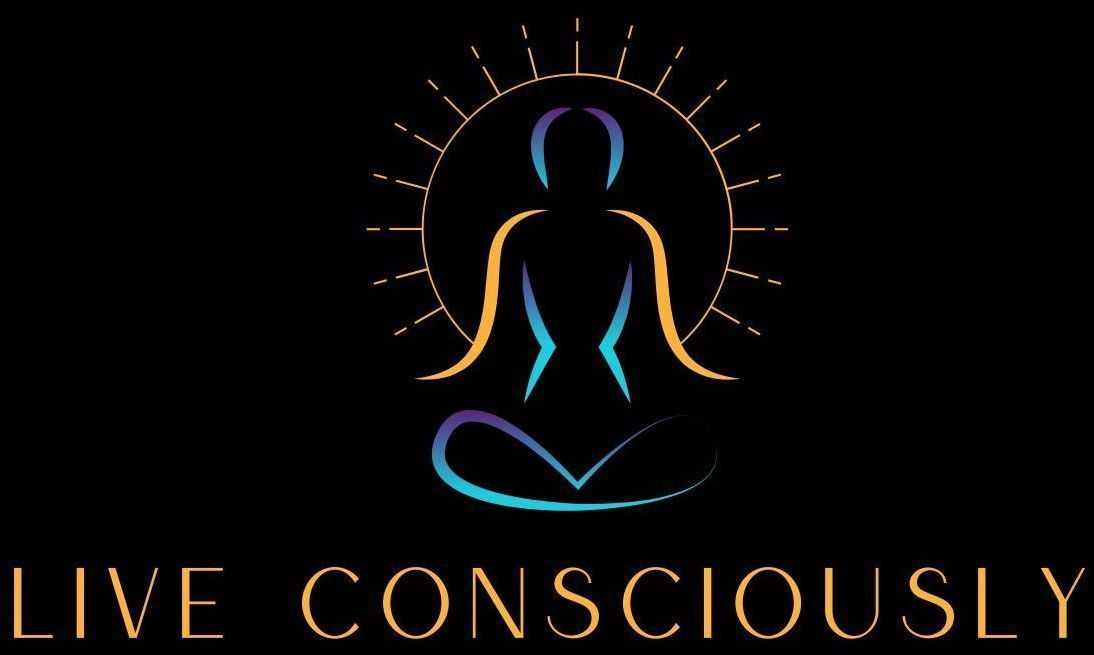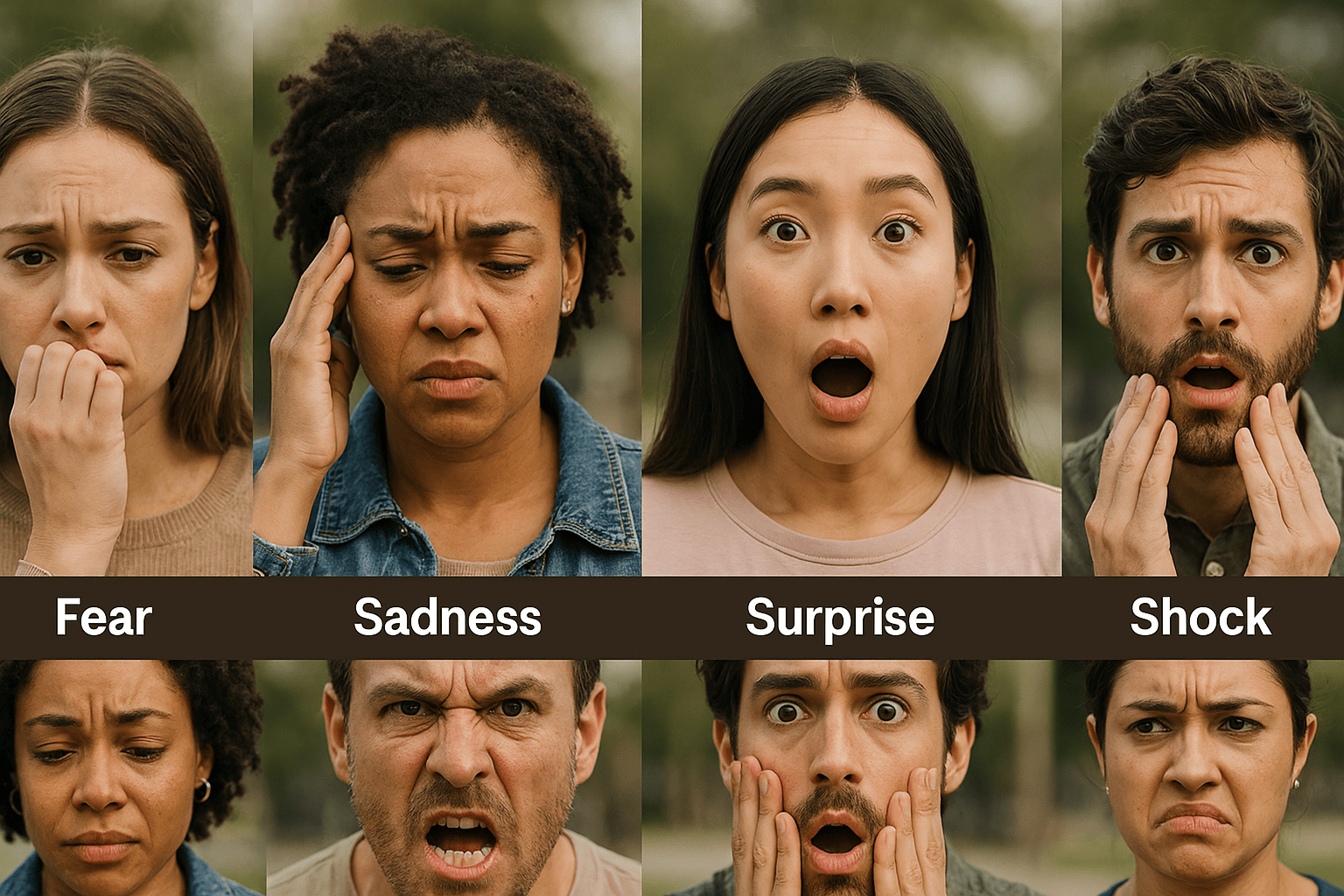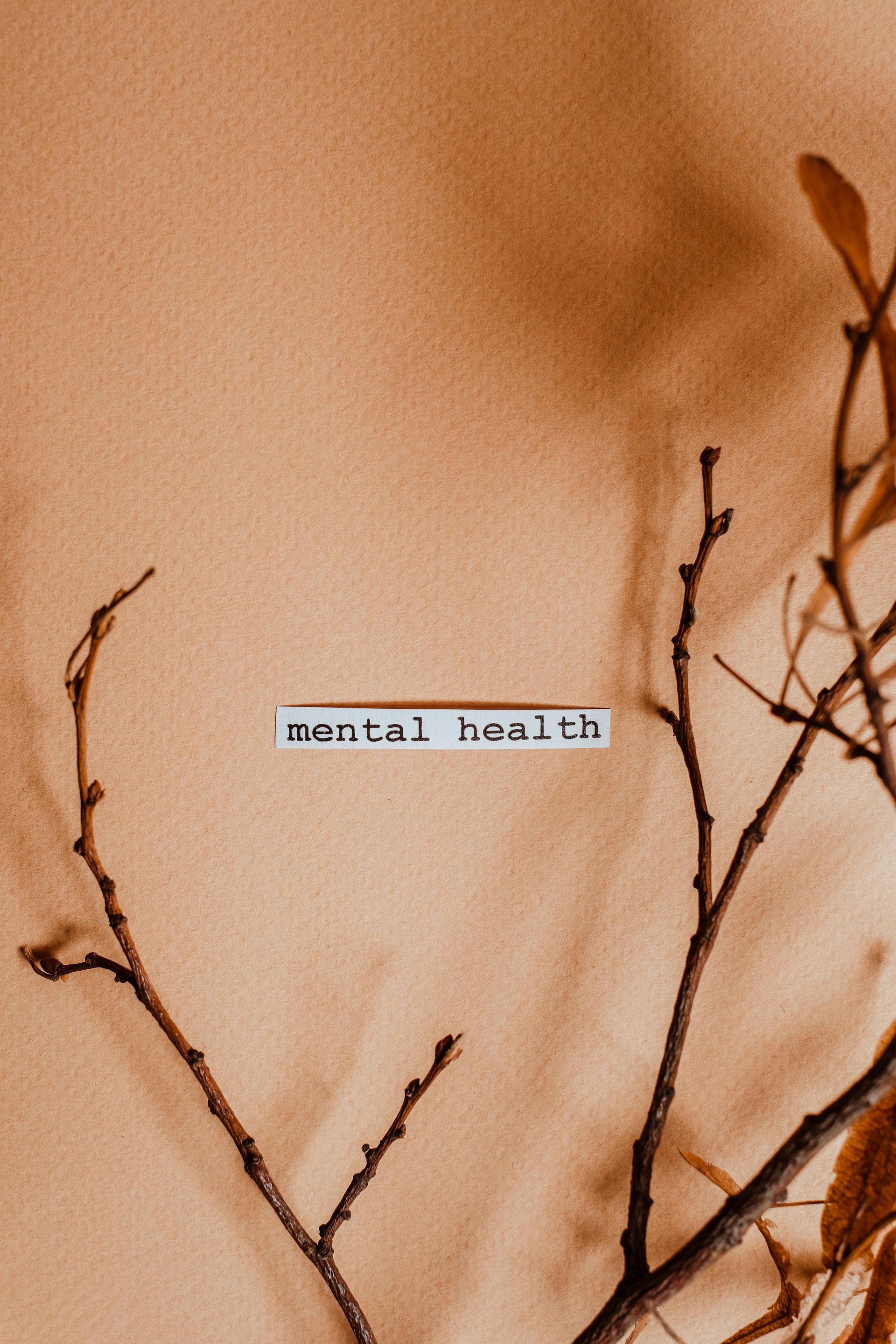BloBllkjlkjogPost Title
Why Traditional Therapy Sometimes Falls Short for Childhood Trauma Survivors

Have you ever tried talking to someone about a problem, only to feel like they just don't get it? Maybe they offer advice that sounds good but doesn't actually help? That's how many childhood trauma survivors feel when they try traditional talk therapy.
Many people who experienced scary or harmful things as kids have tried therapy but still struggle. They might think, "What's wrong with me? Why am I not getting better?" The truth is, it's not your fault. The problem might be that the type of therapy you tried wasn't right for what you needed.

The Limits of Just Talking About Trauma
Most traditional therapy focuses on talking and thinking. Your therapist might ask about your thoughts, help you understand your feelings, or teach you to think in more helpful ways. This can be really useful for many problems, but childhood trauma is special.
When bad things happen to us as kids, they affect us differently than problems we face as adults. Why? Because our brains are still growing when we're young. Trauma doesn't just change what we think – it changes how our brains and bodies work (van der Kolk, 2014). Research shows that childhood trauma actually changes brain development and affects the nervous system in ways that talking alone can't fix (Perry & Szalavitz, 2017).
Think of it this way: If you plant a young tree and tie a rope around it, the tree will grow bent in that direction. Even if you remove the rope years later, the tree stays bent. Childhood trauma is like that rope, shaping how we grow in ways that simple talking can't always fix.

Trauma Lives in the Body, Not Just the Mind
One of the biggest reasons traditional therapy sometimes falls short is that trauma is stored in our bodies, not just in our memories or thoughts. As trauma expert Dr. Peter Levine (2010) explains, trauma is primarily a physiological response – something that happens in our bodies – and not just a psychological event.
Have you ever:
- Felt your heart race when you hear a loud noise?
- Gotten a stomachache before having to speak in front of people?
- Felt frozen or unable to move in certain situations?
- Had the urge to run away when feeling uncomfortable?
These are body responses, and for trauma survivors, they can happen a lot, even when there's no real danger. Your body is reacting to old danger signals stored from childhood.
This is where
somatic experiencing comes in. "Somatic" just means "related to the body." This approach helps you notice and change how trauma shows up in your body. Instead of just talking about the past, you learn to feel what's happening in your body right now and slowly change those automatic reactions.

The Missing Piece: Nervous System Regulation
Traditional therapy often misses something really important: the nervous system. Your nervous system is like your body's control center. It decides if you're safe or in danger and controls your reactions.
Polyvagal theory developed by Dr. Stephen Porges (2011), helps us understand how this works. It shows that trauma can get your nervous system stuck in "danger mode" or "shutdown mode." According to Porges, our nervous system has three main states that evolved over time to keep us safe (Dana, 2018). When trauma affects this system, it disrupts our ability to feel safe and connected. When this happens:
- You might always feel on edge or anxious (danger mode)
- Or you might feel numb, tired, or disconnected (shutdown mode)
- Your body stays ready for danger even when you're safe
- It becomes hard to feel calm and connected to others
This is why just talking about trauma or understanding it better doesn't always help – your body and nervous system need to learn that you're safe now.
At Live Consciously, we focus on
nervous system regulation– helping your body's alarm system work properly again. We teach you how to notice when your nervous system is activated and how to help it calm down. This is something many traditional therapists aren't trained to do.
Healing the Whole Person: Mind-Body Integration
Another limitation of traditional therapy is that it often treats the mind and body as separate things. But we know now that they're completely connected – especially when it comes to trauma.
Mind-body integration
means bringing together healing for both your thoughts and your physical sensations. This might include:
Learning to notice body sensations while talking about feelings- Using movement or breathing to help release stored tension
- Understanding how your thoughts affect your body and vice versa
- Practicing ways to feel safe in your body again
When we integrate mind and body healing, traumatic experiences can finally be processed completely instead of staying stuck.

The Power of Inner Child Work
Traditional therapy might help you understand that your childhood affected you, but it often misses the deeper healing that comes from connecting with your "inner child" – the younger you who experienced the trauma. Psychologist John Bradshaw (1990) pioneered this approach, showing how reconnecting with and healing our wounded inner child is essential for complete recovery from childhood trauma.
Inner child work helps you:
- Connect with the part of you that's still hurting from childhood
- Give that younger self what they needed but didn't get back then
- Understand how that child part still influences your adult reactions
- Learn to comfort and care for yourself in new ways
This approach recognizes that part of you is still operating from those childhood experiences, and that part needs direct healing – not just understanding.
Working with All Your Parts: Internal Family Systems
Have you ever felt like different parts of you want different things? Like one part wants to trust people, but another part is scared to? This is normal, and it's what Internal Family Systems or parts work addresses. Developed by Dr. Richard Schwartz (2021), IFS therapy recognizes that our minds naturally organize into different sub-personalities or "parts," especially in response to trauma.
Traditional therapy often treats you as one unified person, but trauma can create splits in how we function. Parts work helps you:
- Identify the different "parts" of yourself that developed to cope with trauma
- Understand what each part is trying to do for you
- Help the protective parts find better ways to keep you safe
- Heal the wounded parts that are stuck in the past
- Develop self-leadership so all your parts work together
This approach recognizes that those conflicting feelings and behaviors make sense when we understand the parts of us that developed during trauma.

Beyond Talk: Specialized Trauma Approaches
Some therapies are specifically designed for trauma healing in ways that go beyond traditional talk therapy:
EMDR: Healing Trauma in the Brain
EMDR (Eye Movement Desensitization and Reprocessing) developed by Francine Shapiro (2018), helps the brain process traumatic memories that got "stuck" and stored improperly. Research has shown EMDR to be highly effective for trauma, including childhood trauma (Chen et al., 2018). It uses side-to-side eye movements (or sometimes taps or sounds) while you briefly recall parts of traumatic memories.
Unlike traditional therapy where you might talk about painful memories for a long time, EMDR helps your brain process these memories more quickly and with less distress. Many people find that memories that once caused panic or intense emotions feel much less powerful after EMDR.
ACT: Finding Freedom Through Acceptance
Acceptance and Commitment Therapy (ACT) developed by Steven Hayes and colleagues (Hayes et al., 2012), helps trauma survivors in a unique way. Instead of fighting against painful thoughts and feelings (which often makes them stronger), ACT teaches you to make room for difficult experiences while still moving toward what matters to you. Studies show that this approach can be particularly helpful for trauma survivors who tend to avoid reminders of their past (Thompson et al., 2020).
This is especially helpful for trauma survivors who often spend a lot of energy trying to avoid triggers or painful emotions. ACT helps you:
Learn that you can have painful thoughts without being controlled by them- Connect with what truly matters to you (your values)
- Take steps toward a meaningful life even when difficult feelings arise
- Stay present instead of getting lost in trauma memories or worries

Learning Emotion Regulation Skills
Many traditional therapies assume you already know how to handle big feelings. But for childhood trauma survivors,
emotion regulation – the ability to manage emotions effectively – is something they may never learned. Research by Dr. Bessel van der Kolk (2014) and others shows that childhood trauma specifically disrupts the development of emotion regulation skills, which is why trauma survivors often struggle with managing their emotions as adults.
When trauma happens in childhood, we often miss out on learning:
- How to name different feelings
- How to calm down when upset
- What to do with big emotions like anger or sadness
- How to comfort ourselves when we're hurting
At Live Consciously, we directly teach these emotion skills that you might have missed out on learning as a child. This fills in important gaps that traditional therapy might not address.

A Complete Approach to Trauma Healing
When treating childhood trauma, we need approaches that:
- Work with the body, not just the mind
- Help regulate the nervous system
- Connect with and heal younger parts of ourselves
- Process trauma in the brain effectively
- Build missing skills for emotional wellbeing
Traditional therapy that focuses mainly on talking and insight often misses several of these crucial elements. That's why many trauma survivors find themselves stuck despite years of traditional therapy.
At Live Consciously, we understand the unique needs of childhood trauma survivors. Our approach combines the best trauma-informed methods to help you heal completely – body, mind, emotions, and spirit.
We don't just help you understand your past – we help your nervous system learn that you're safe now. We don't just talk about your trauma – we help your body release it. And we don't just work with your adult self – we help heal the child within who experienced the trauma in the first place.
If you've tried therapy before and felt it didn't quite reach the deeper issues, know that there are approaches specifically designed for healing childhood trauma. You're not broken, and you haven't failed at therapy. You may just need a different approach – one that understands how childhood trauma affects the whole person and provides tools for complete healing.
---
*Live Consciously is a trauma-informed therapy practice specializing in holistic healing approaches for survivors of childhood trauma. Our team of experienced therapists combines evidence-based modalities to support your complete healing journey. Contact us today to learn how we can help you move from surviving to thriving.*
References and Further Reading
Bradshaw, J. (1990). Homecoming: Reclaiming and championing your inner child. Bantam Books.
Chen, L., Zhang, G., Hu, M., & Liang, X. (2018). Eye movement desensitization and reprocessing versus cognitive-behavioral therapy for adult posttraumatic stress disorder: Systematic review and meta-analysis. Journal of Nervous and Mental Disease, 206(9), 645-657.
Dana, D. (2018). The polyvagal theory in therapy: Engaging the rhythm of regulation. W.W. Norton & Company.
Hayes, S. C., Strosahl, K. D., & Wilson, K. G. (2012). Acceptance and commitment therapy: The process and practice of mindful change (2nd ed.). Guilford Press.
Levine, P. A. (2010). In an unspoken voice: How the body releases trauma and restores goodness. North Atlantic Books.
Perry, B. D., & Szalavitz, M. (2017). The boy who was raised as a dog: And other stories from a child psychiatrist's notebook. Basic Books.
Porges, S. W. (2011). The polyvagal theory: Neurophysiological foundations of emotions, attachment, communication, and self-regulation. W.W. Norton & Company.
Schwartz, R. C. (2021). No bad parts: Healing trauma and restoring wholeness with the internal family systems model. Sounds True.
Shapiro, F. (2018). Eye movement desensitization and reprocessing (EMDR) therapy: Basic principles, protocols, and procedures (3rd ed.). Guilford Press.
Thompson, B. L., Luoma, J. B., & LeJeune, J. T. (2020). Using acceptance and commitment therapy to guide exposure-based interventions for posttraumatic stress disorder. Journal of Contemporary Psychotherapy, 50, 1-9.
van der Kolk, B. (2014). The body keeps the score: Brain, mind, and body in the healing of trauma. Viking.







